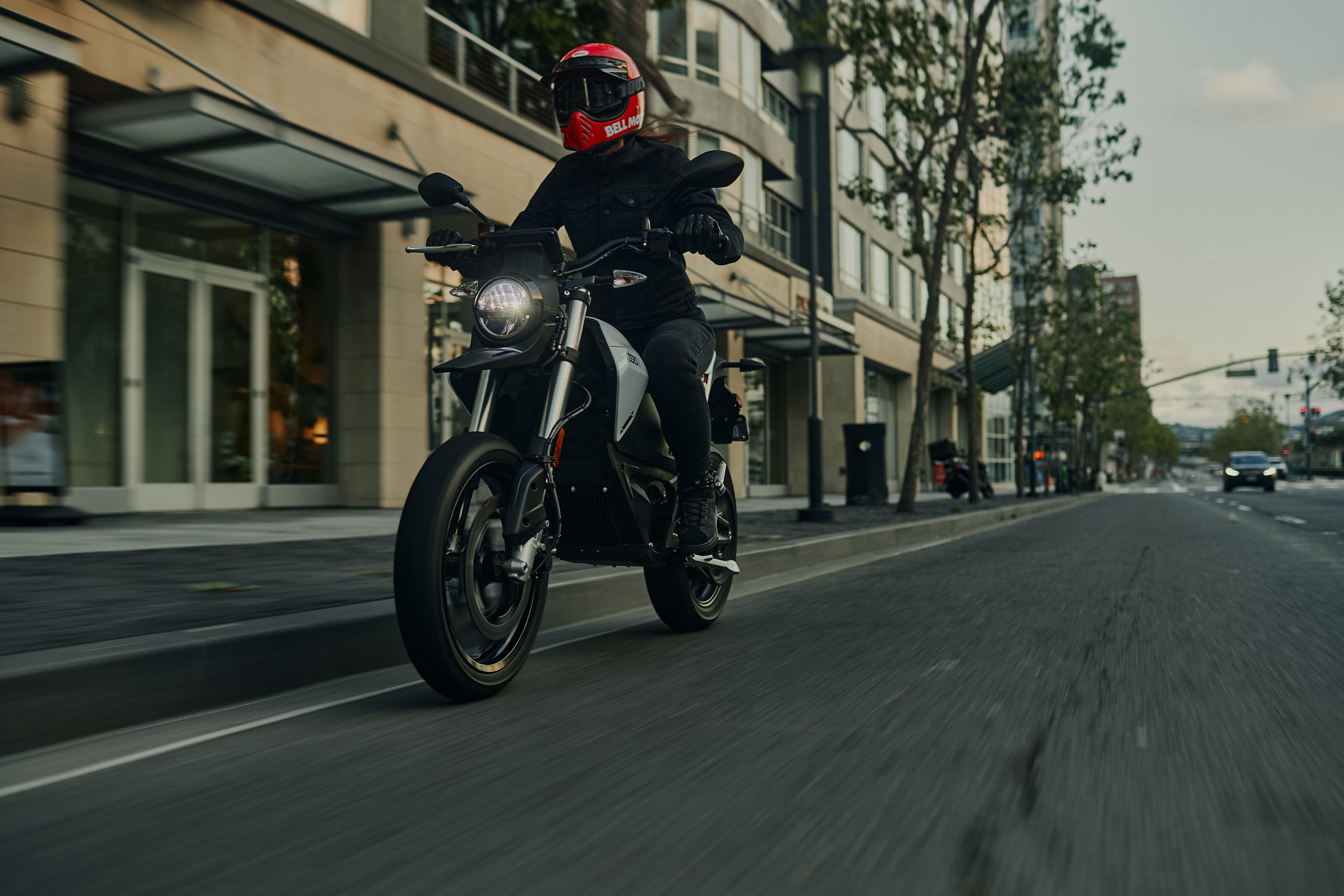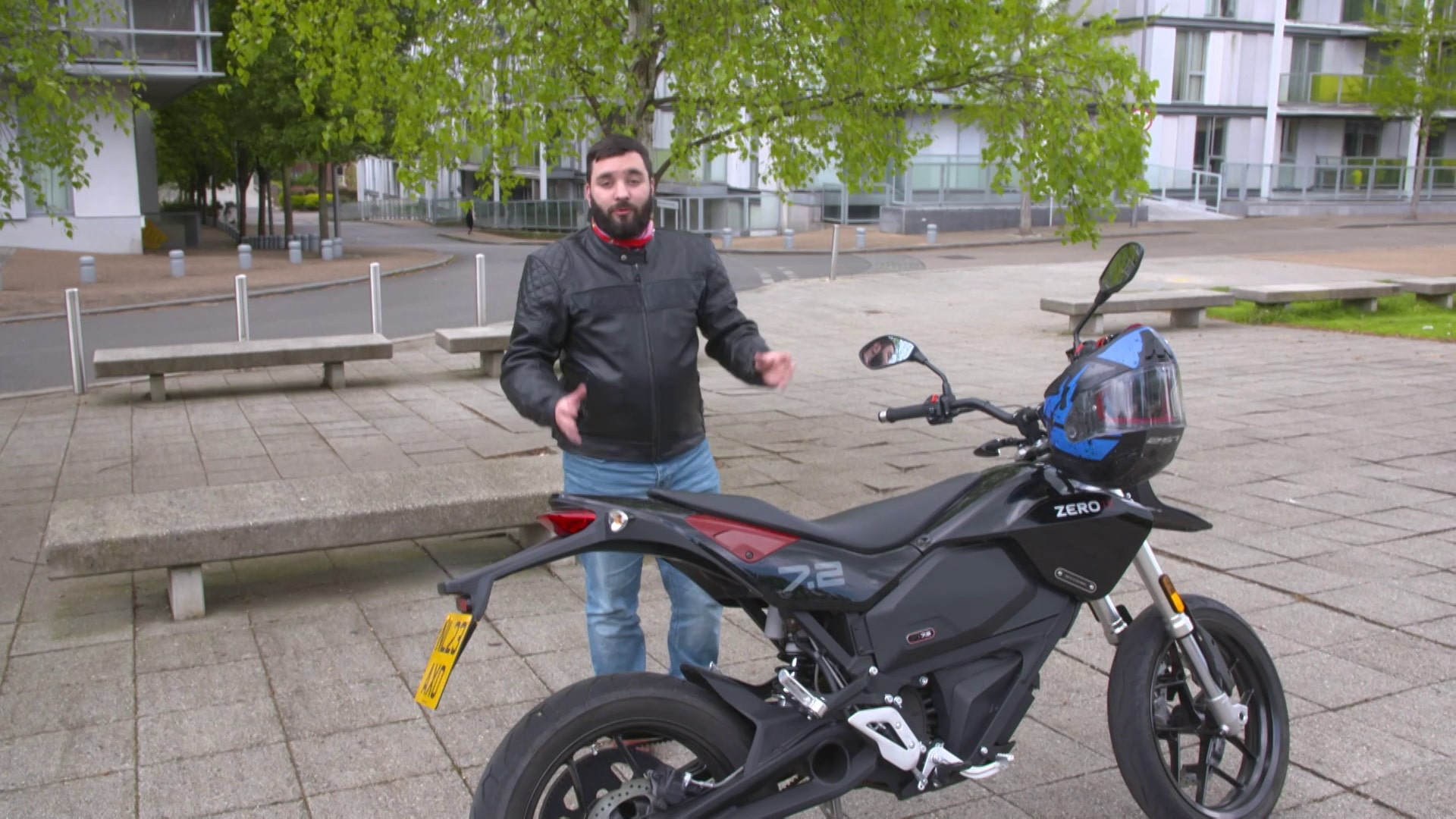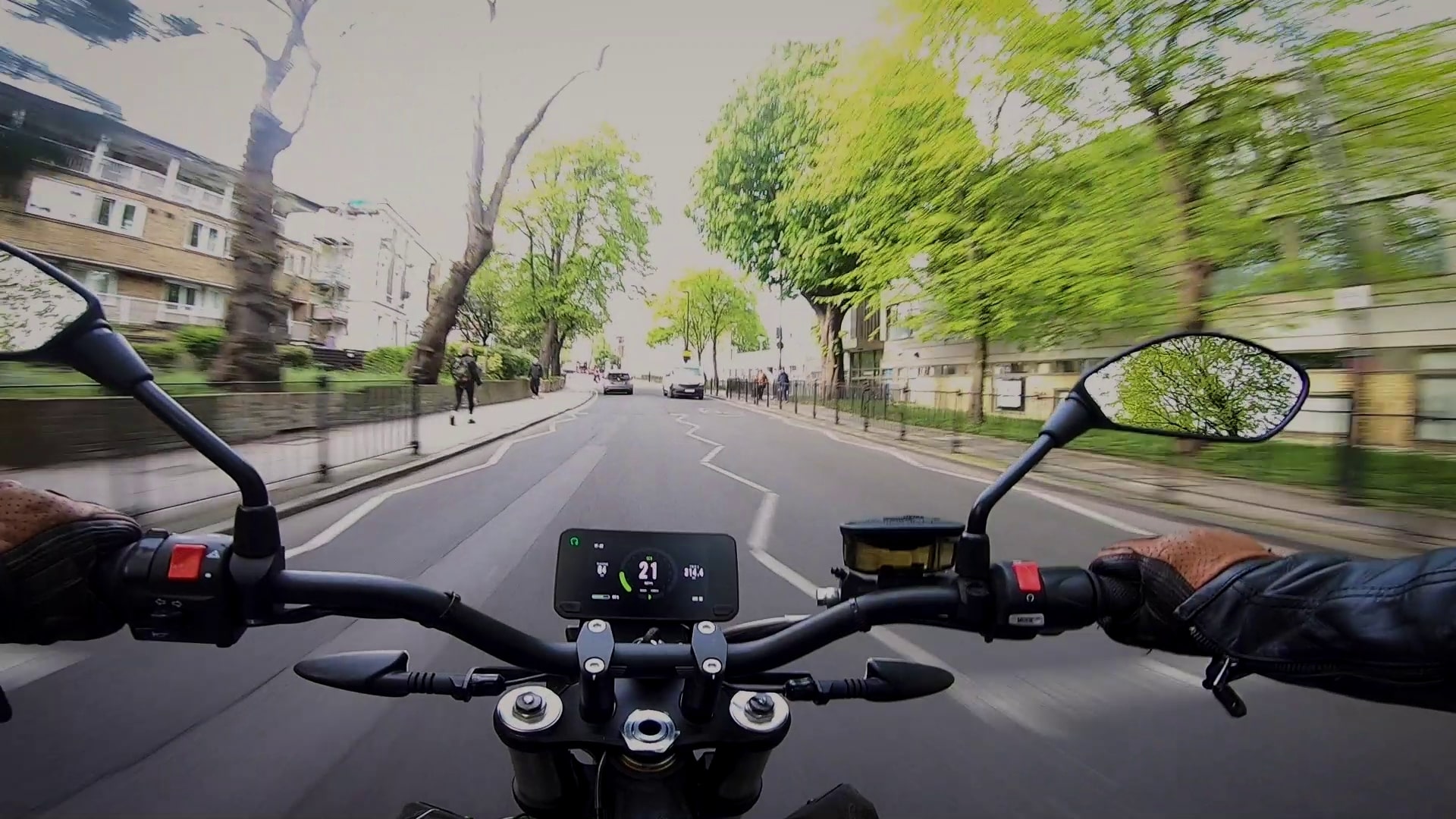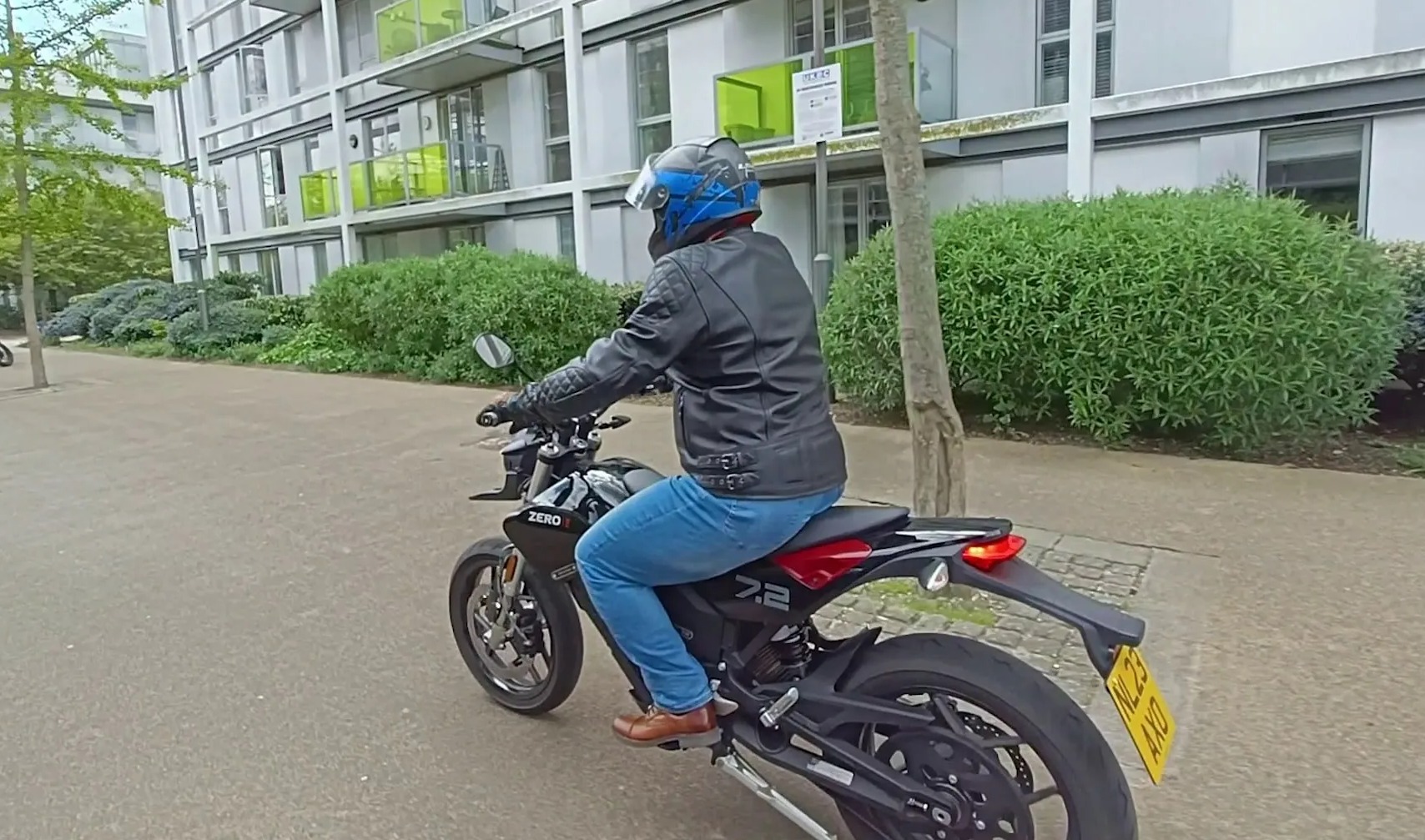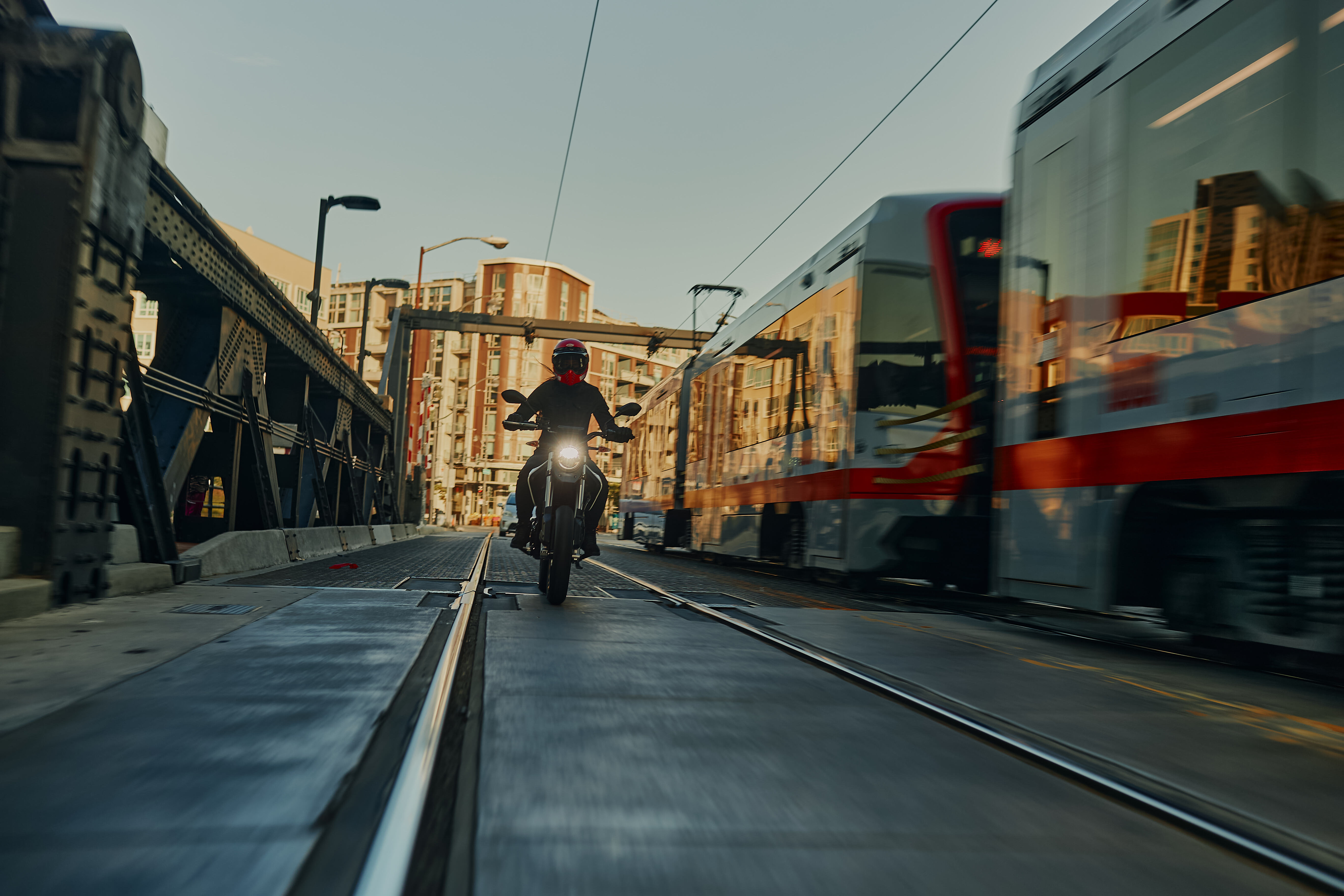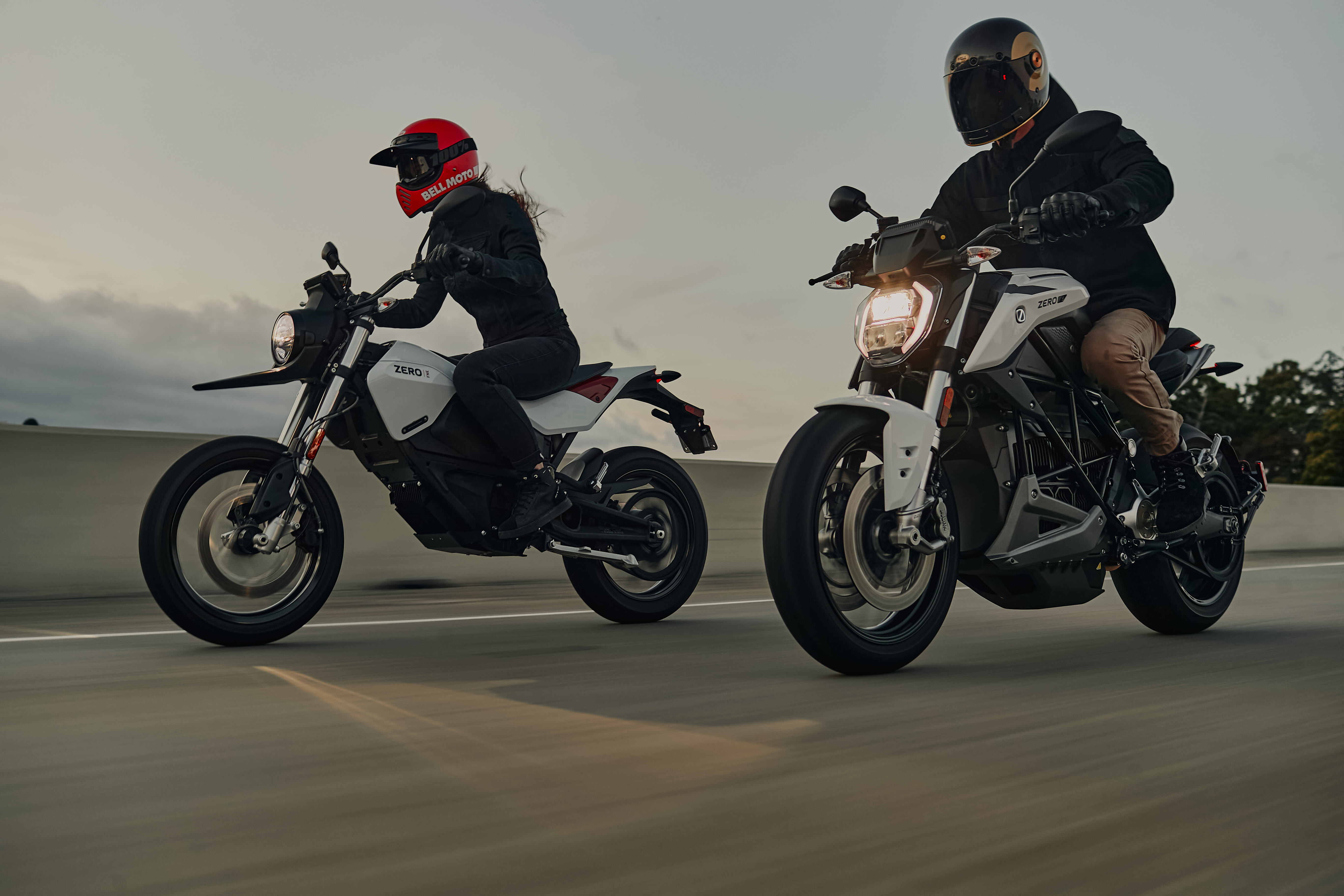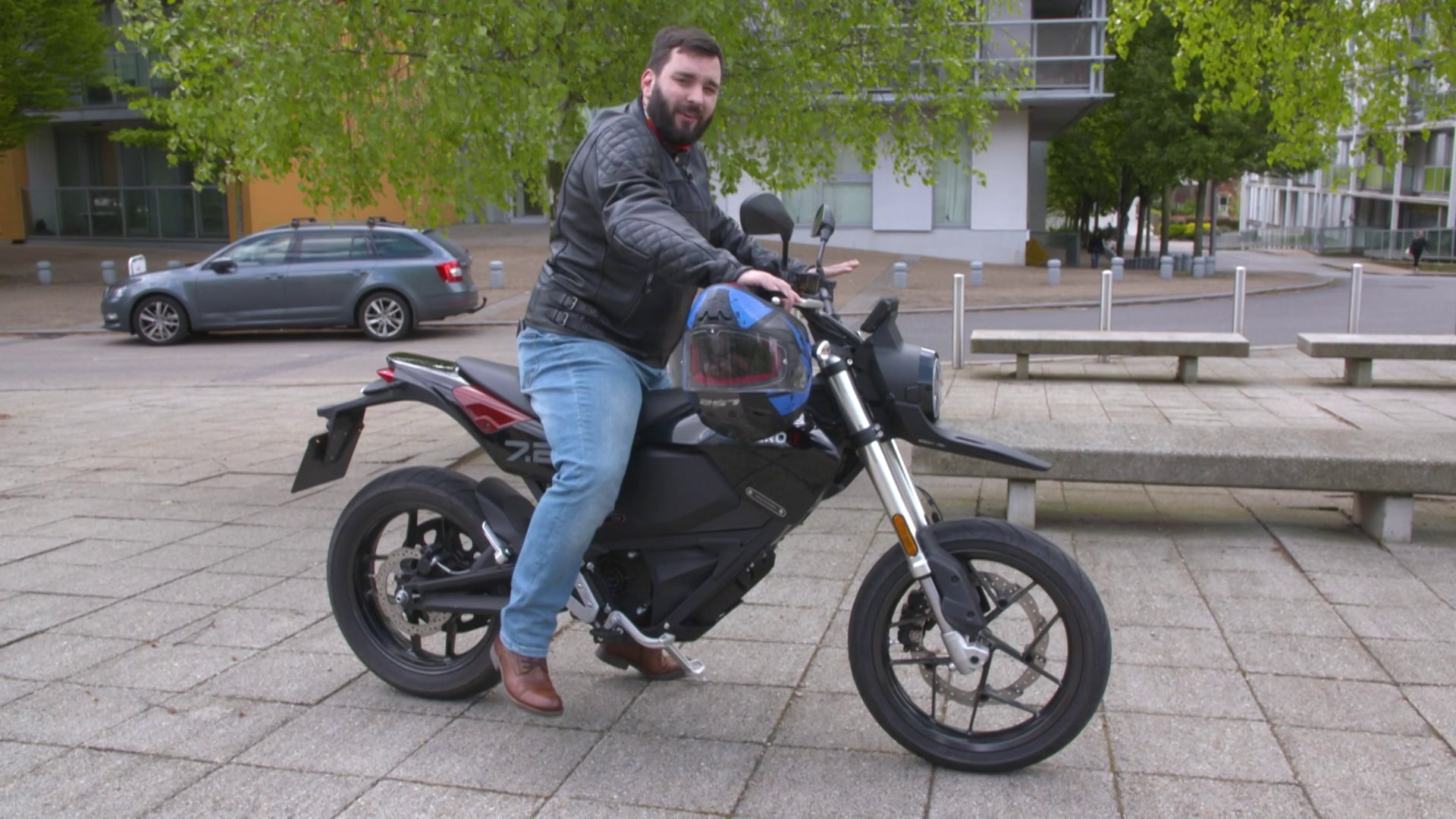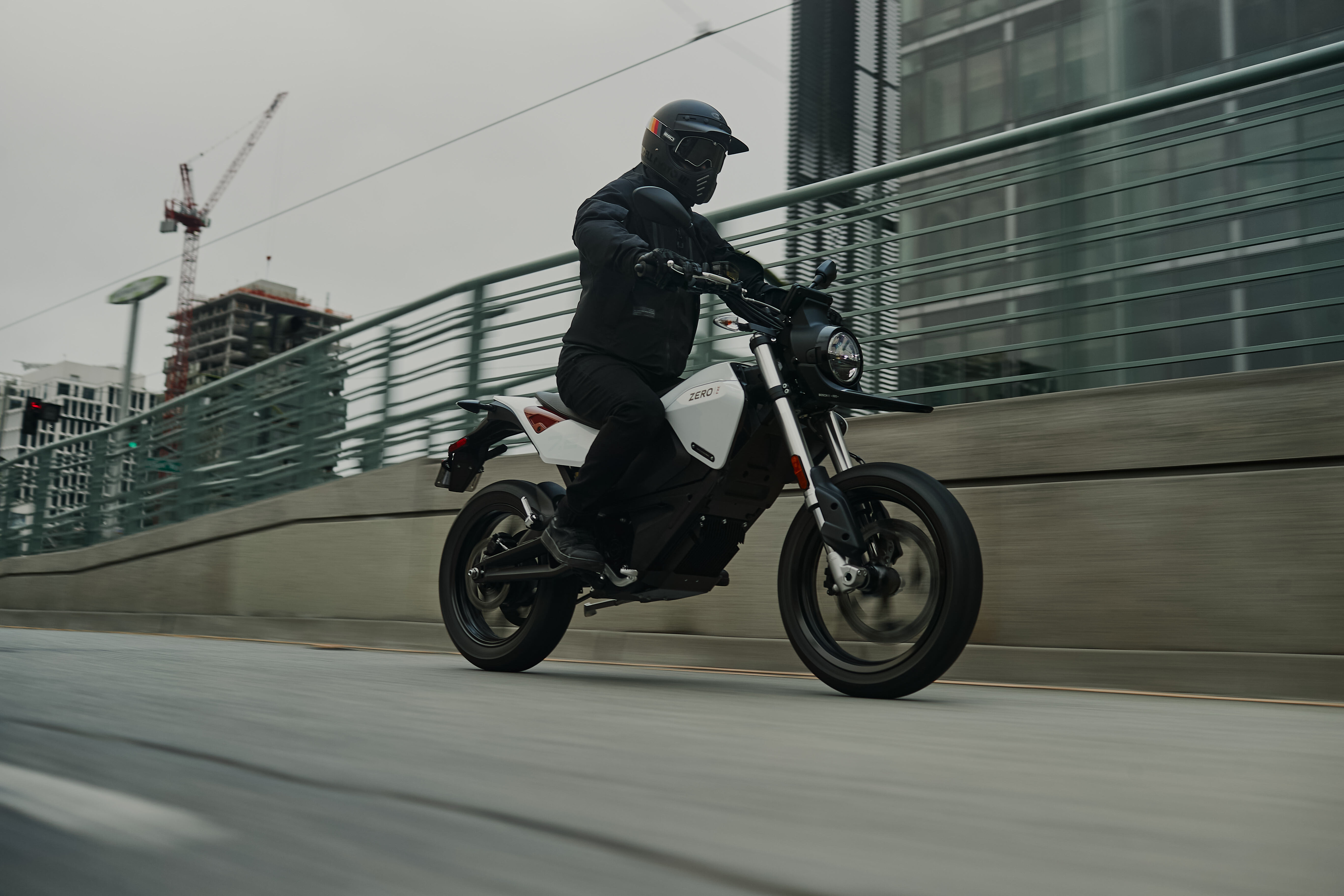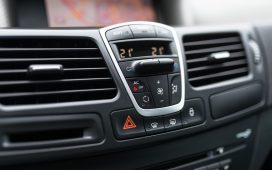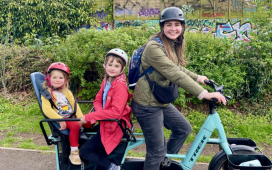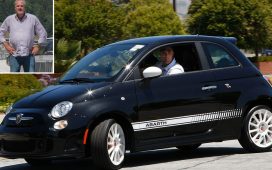THE biker has a curious image in the public consciousness, largely thanks to years of glamorous if slightly misrepresentative depictions in media.
We’re generally seen either as old fogeys obsessed with tinkering around with our carburettors in sheds or high-revving speed demons blasting through zebra crossings at 50mph.
Truthfully, we get a bit of a bad rep as noisy, dangerous (not in a cool way) and a bit dull – a far cry from the machismo charm of the Easy Rider days.
But with the advent of the electric motorcycle, we have a bit of an opportunity to reinvent ourselves, just as the car world struggles with the new tech.
And what a vehicle (no pun intended) for that reinvention the Zero FXE is.
The brainchild of former NASA engineer Neal Saiki, Zero Motorcycles traces its roots back to California in 2006.
Since then, they have been honing their lineup of all-electric bikes with an emphasis on making the world of motorcycling more accessible as well as more eco-friendly.
To that end, one of the main attractions of the FXE is that it doesn’t actually require a motorbike licence to ride.
Basically every aspect of the bike’s performance is customisable thanks to its three riding modes.
The only restrictions are on the power of the bike and the ability to carry passengers and use motorways.
Once you’ve picked up your CBT, along with a set of L plates, you can get out on the road.
And that’s where the FXE comes into its own, providing a truly unique riding experience.
First of all, there’s the silence.
It’s quite the change for someone who fell in love with the grumbling thump of the V-twin and it can make the drive feel quite surreal as you glide along with nothing but the quiet whirring of the motor.
Once you get used to it, though, you realise that not being deafened by several thousand tiny explosions a minute does have its upsides.
Just make sure you’re quick on your horn and give pedestrians and cyclists a bit of extra space as they seem to enjoy relying on their hearing when stepping out from the kerb rather than bothering to look.
Speaking of the motor, despite being limited down to 14 horsepower to comply with CBT rules, it puts out a whopping 78 ft lbs of torque – 10 more than the 111 horsepower Ducati Monster.
That allows the FXE to reach its 85mph top speed in seconds.
It’s definitely a gratifying feeling to leave sports cars and superbikes in your dust as you pull away from the lights (staying within the speed limit of course).
If that sounds a bit hot and heavy for you, though, never fear as basically every aspect of the bike’s performance is customisable thanks to its three riding modes.
Eco is the most battery and city-friendly, while sport sends all the torque straight to the back wheel at the twitch of the throttle, ideal for high speeds on open roads.
In between the two, custom mode allows you to fiddle with everything from braking force to the responsiveness of the throttle, setting up your ride just the way you want it.
CBT: Everything you need to know
The Compulsory Basic Training (CBT) course is the lowest level of motorcycle qualification in the UK.
It is a legal requirement before you can take a test for any category of motorcycle licence.
However, some bikes only require a CBT to ride them, with some restrictions.
How can I get a CBT?
All you need to take a CBT is a full or provisional UK driver’s licence.
You don’t need a theory test before signing up to the course.
The training will involve a day-long session broken up into two parts.
In the morning, you will be assessed on slow-speed skills like U-turns and smooth manoeuvring, as well as basic maintenance checks.
Then, in the afternoon you will be taken out onto the road with an instructor to put some of what you have learned into practice.
The CBT is not a test so you can’t fail and there are no major faults, but the instructor can refuse to certify you and ask that you complete further training if they feel you are unsafe.
What can I do with a CBT?
A CBT allows you to ride any motorcycle up to 125cc and with a power output of less than 11kW (about 14 horsepower).
This can be an automatic bike, moped or manual bike as long as it stays within those limits.
While riding under a CBT you must display L plates, one of the front and one on the back, at all times.
You can’t carry passengers or use motorways either.
The CBT only last for two years before it has to be renewed, but it is required to take any higher category of motorcycle licence.
More information licences can be found at www.gov.uk/ride-motorcycle-moped/bike-categories-ages-and-licence-requirements
There are, however, a couple of issues which still need to be addressed before I would buy one.
One of the standard EV gripes is about range anxiety and the FXE does little to ease those fears with its titchy 105-mile range.
At £12,500 (quite a bit for a CBT bike) it’s £10,000 cheaper than the electric Harley with a similar scope, but £10,000 more than my similarly-powered petrol Honda that will do 150 miles to the tank.
And when you do run out you can charge up from a household plug rather than an expensive supercharger, but it will take 10 hours to fill up from empty.
On top of that, as a shorter rider, I found the 32.9-inch seat height a little lofty, yet the riding position was still a bit cramped even for me.
Plus, since the bike is automatic, and so always in gear, having to walk around on your tip toes can make it hard to shift when backing into a parking space.
That being said, though, the FXE was a delight to drive and made a perfect commuter bike as well as being fun to cruise around on over the weekends.
It feels properly rooted to the road and is just as comfortable at 5mph as it is at 50mph.
Once charging tech improves and prices come down a smidge, I for one plan to add an FXE to my garage.

